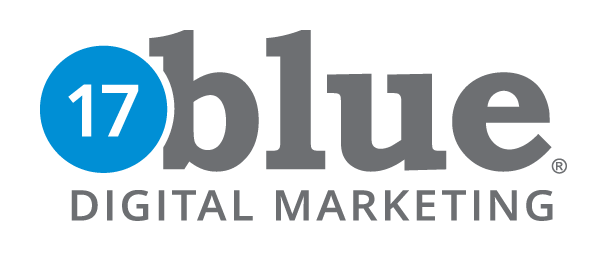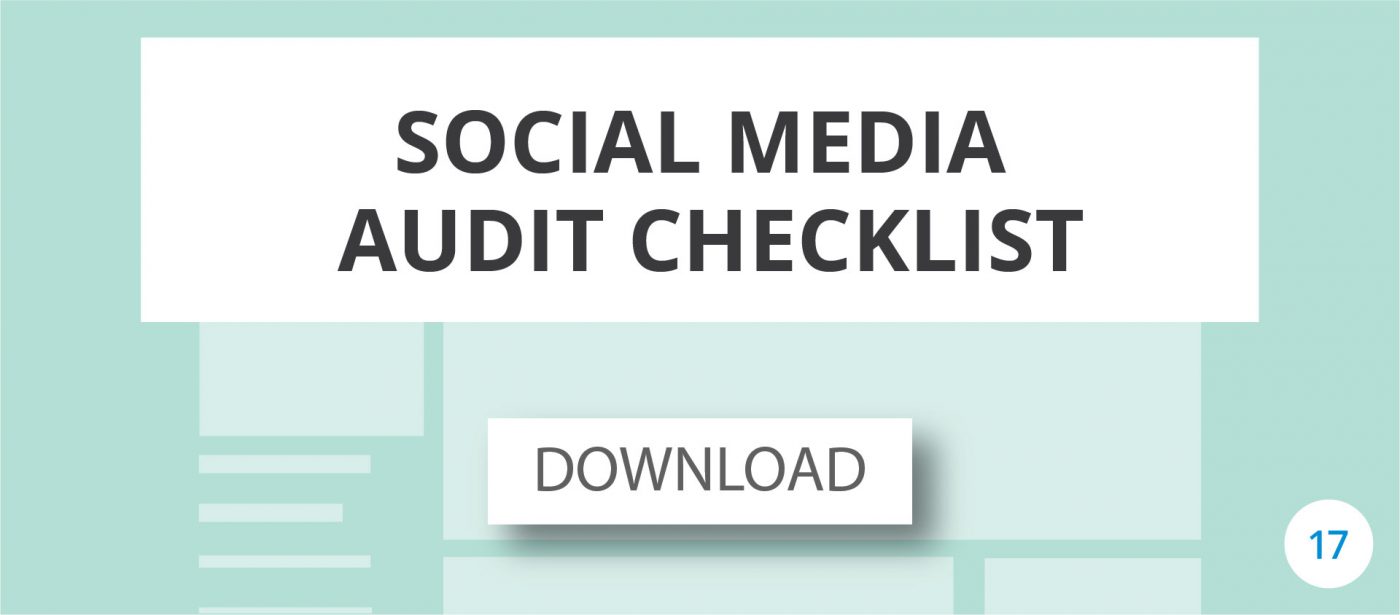It’s been an on-again off-again relationship. Websites and social media were always soulmates; they just didn’t know it at first.
This is a union between two unique individuals. They’re different and each has an important purpose. When they’re acting interdependently – depending on each other – they’re stronger and produce more.
A website is the hub of online marketing, a key source of information and in most cases is the primary gateway for customer transactions. Social media centers on relationships, consumer feelings and frequency of contact. While information can bolster trust, consumer feelings drive loyalty and transaction decisions. When web and social are working together, you’re in a far more profitable position.
A little “relationship advice” to help it work out.
1. Maintain Unique Identities.
Every marriage partner has unique qualities that captivated the interest of their significant other, and your website and social media are no exception. Social media can drive interested prospects to your site. And your site can host valuable content you share over social channels. But websites and social channels have a different purpose.
Your website can offer a user experience designed to promote a sales related action: call now, shop here, sign up, pay online… whatever that “next step” is for your visitor. It’s a place to learn about your company, your services, your team and your value proposition. It’s where leads, sales and transactions will converge. Social media takes a different approach. On social channels, your brand should be focused on being more personable, relate-able and accessible. You’re building relationships and interacting… socially.
2. Complement Each Other
Perhaps Rosanna Pansino’s words, “You and me we make each other better. We may not be perfect but we’re perfect together” apply well here. [See Pansino’s music video.] Establishing a presence on multiple social networks increases your reach, and each platform can play a unique role in complementing your website. Take advantage of today’s powerful social sharing capabilities and automation tools. Make sure some of your social content is shared from – and links back to – your website.
Your website is the “home of record” for share-worthy content. Articles, photo galleries, videos and a variety of other forms of content add to the value of your website’s content library over time. They also provide content to include in your social schedule. If you’re not utilizing share/like buttons on your website posts and products, you’re missing out on social reach and social proof value.
3. Be Consistent Over Time
While your social channels have a unique twist to each audience, your website and social content should have a consistent message and voice for the brand. But avoid direct copying all channels identically. The most enthusiastic members of your audience likely follow your brand via multiple networks, leading to duplicate content popping up in their feeds all day. This makes your communications feel impersonal and risks alienating your most fervent followers. Stick to what makes you YOU, but rephrase posts, alternate post times and frequency, and provide at least some custom content to each platform you use.
Everything you publish on social media should complement your website’s content. Your website content should deliver on the personality you show on social platforms. Your goal is to establish a clear and consistent message across every channel.
Put a ring on it…
Your website and social media accounts may serve different purposes, but their partnership is meant to be. So let’s help these lovebirds tie the knot. We’ll watch them grow old together – as they drive traffic, entertain your audience, and build enthusiastic followers for your brand. Go ahead, let the wedding bells (and cash registers) ring!






